The digital transformation within the healthcare sector is undeniable. At the forefront of this revolution is the patient portal, a digital gateway that empowers both healthcare providers and patients. In the United States, from 2014 to 2022, there was a significant increase in the adoption of patient portals, with the number of patients who were offered and utilized these platforms doubling. This surge underscores the growing demand for digital convenience in healthcare.
Table of Content
- What is a Patient Portal?
- What are the Advantages of Having a Patient Portal?
- What are Must-Have Features of a Patient Portal?
- How to Create a Patient Portal: A Step-by-Step Guide
- Custom Patient Portal Development for Advanced Needs
- Conclusion
What is a Patient Portal?
A patient portal is a digital platform that serves as a bridge between patients and their healthcare providers. It enables patients to access their health records, schedule appointments, refill prescriptions, and communicate directly with their healthcare providers, all at the click of a button.
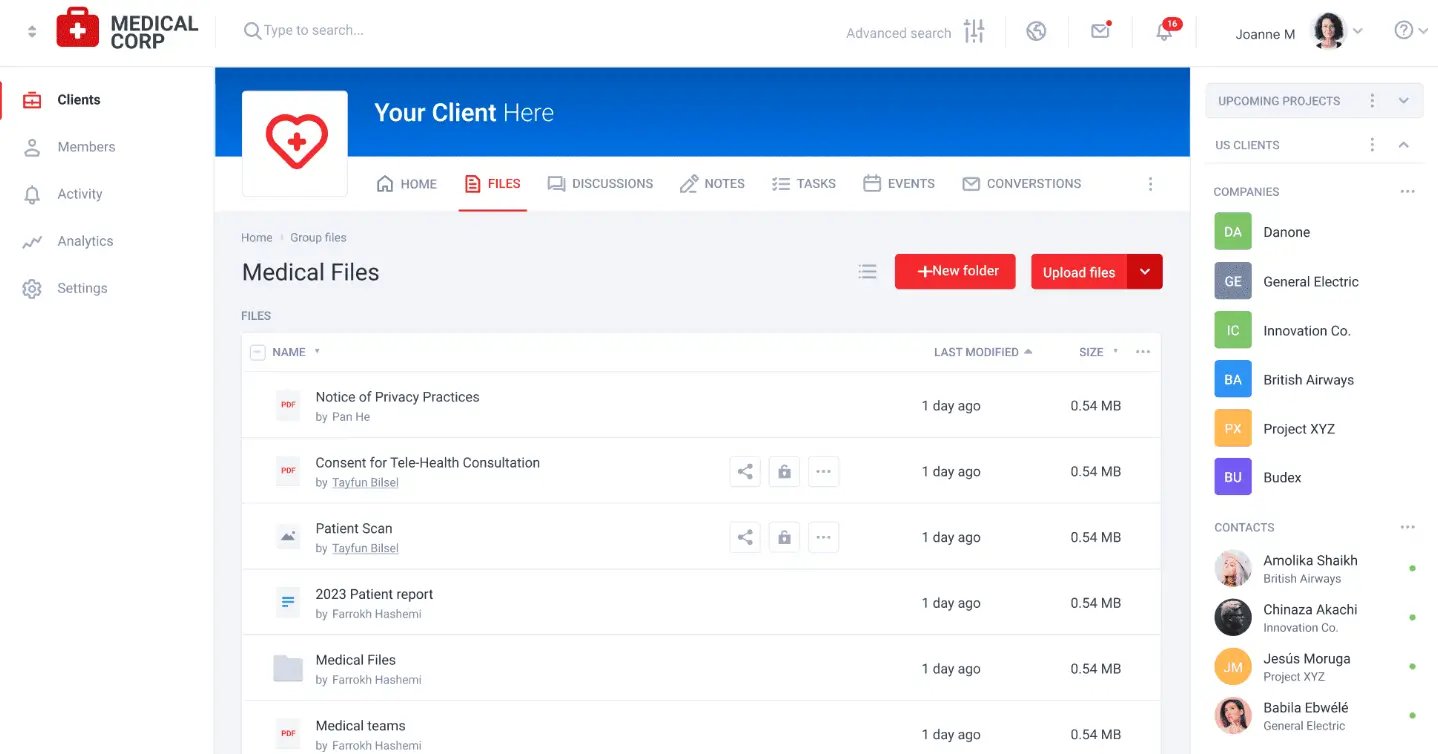
Beyond simply facilitating these essential tasks, a patient portal transforms the patient-provider relationship. It empowers patients with unparalleled access and control over their healthcare journey, turning them from passive recipients into active participants. This empowerment is key to demystifying healthcare management, making the entire process more transparent, streamlined, and collaborative.
With its convenience and efficiency, the patient portal enhances patient satisfaction and plays a significant role in improving healthcare outcomes, embodying how technology can make healthcare more accessible, understandable, and user-friendly for everyone involved.
What are the Advantages of Having a Patient Portal?
The implementation of patient portals brings a multitude of benefits:
Enhanced Patient Engagement: By providing direct access to their health information, patient portals encourage individuals to take an active role in their healthcare journey.
Improved Communication: Eliminating the need for back-and-forth phone calls, these platforms facilitate seamless communication between patients and providers.
24/7 Accessibility: Patients can manage their health information anytime, anywhere, fitting healthcare into their lifestyle.
Better Health Outcomes: Engaged and informed patients are more likely to experience positive health outcomes.
Educational Resources: Access to personalized health resources aids in informed decision-making.
Operational Efficiency: For providers, patient portals reduce administrative workload, translating into cost savings and more time for patient care.
What are Must-Have Features of a Patient Portal?
A succesful patient portal must be;
- HIPAA Compliant: Ensuring the privacy and security of patient information is non-negotiable.
- Branded: The portal should reflect the healthcare provider’s branding for a seamless patient experience.
- Secure: A robust platform that protects patient information.
- Accessible: Cloud-based infrastructure ensures accessibility on multiple devices, from desktops to smartphones.
- Functional: Key features should include appointment scheduling, secure messaging, and the ability to submit forms online.
- User-Friendly: An intuitive design that ensures ease of use for all patients, regardless of their tech-savviness, is crucial for encouraging regular use and engagement.
- Personalized for Better Patient Experience: Offering tailored health information, reminders, and recommendations based on the patient's specific health profile and history enhances personalized care.
- Interoperable: The ability to integrate with various healthcare systems and software ensures that patient data flows seamlessly between providers, pharmacies, labs, and other healthcare entities.
- Capable of Real-Time Notifications: Immediate alerts for new messages, test results, and upcoming appointments keep patients informed and engaged in their healthcare journey.
- Comprehensive for Health Records Access: Patients should have easy access to their complete health records, including past visits, medications, immunizations, allergies, and lab results, to fully participate in their healthcare decisions.
How to Create a Patient Portal with Clinked: A Step-by-Step Guide
Building a patient portal is pivotal for enhancing healthcare delivery by providing patients with an intuitive, secure, and direct line to their healthcare information and providers. Here’s how to create an impactful patient portal in five deliberate steps using Clinked, a no-code platform designed for ease and efficiency.
1. Define Your Patient Portal's Goals and Purpose
Start by pinpointing the specific needs of your healthcare practice and patients. Your web portal should act as a digital health hub, offering access to medical records, appointment scheduling, and test results, with a focus on boosting patient engagement and simplifying access to information. Identifying these goals early ensures that your portal directly addresses your patients' needs, enhancing their healthcare experience.
2. Choose your No-Code Patient Portal Platform
Creating a HIPAA-compliant patient portal is a substantial undertaking that demands meticulous planning and implementation. Choosing the appropriate no-code platform for your patient portal is a crucial choice.
Patient portal software such as Clinked streamline this intricate task, enabling the development of a secure and tailored patient portal without the necessity for extensive programming expertise. Below, you can find some of the core features Clinked offers;
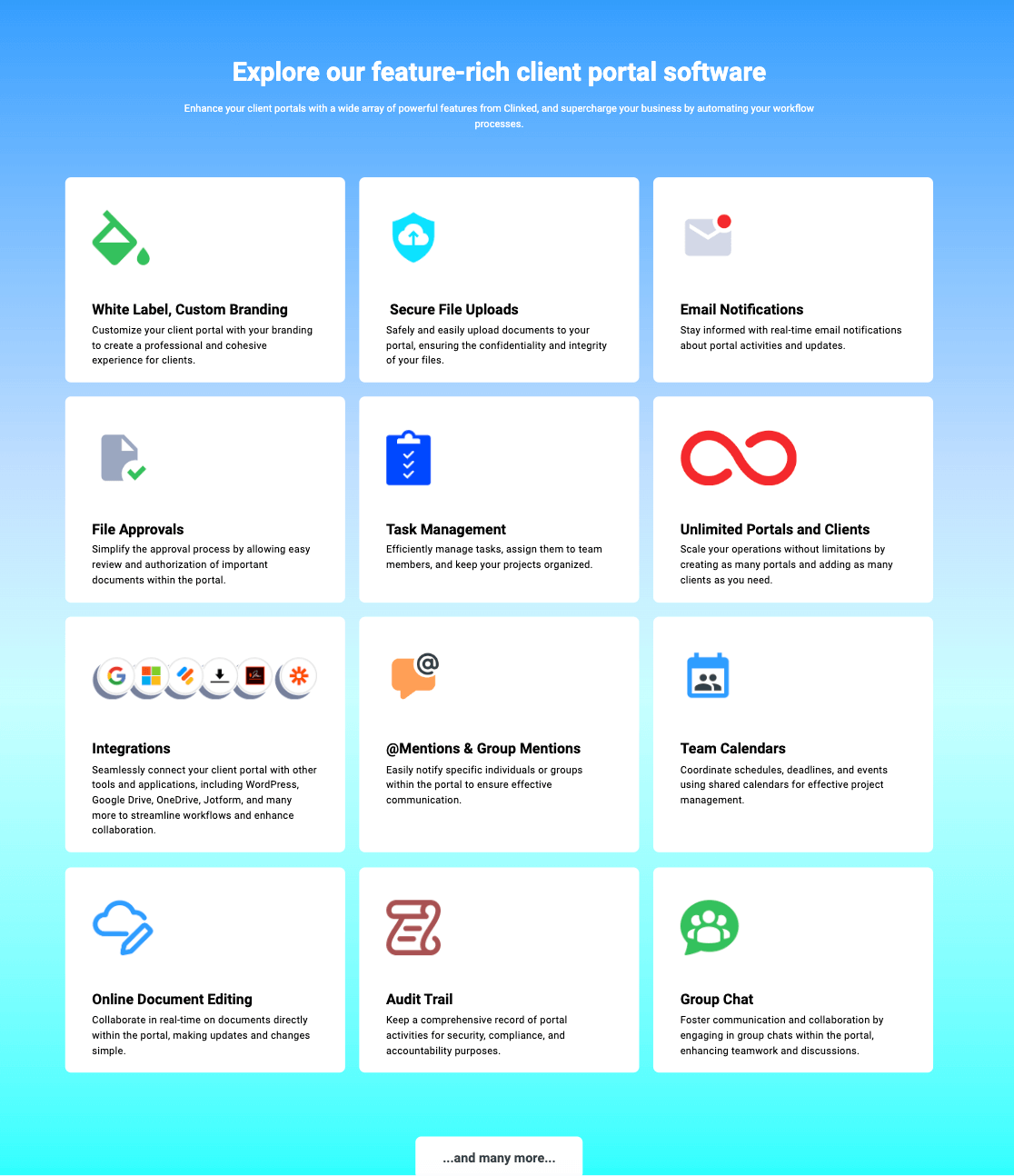
Establishing a patient portal using Clinked is remarkably easy, even for those without technical expertise. This platform demystifies the setup of a customized and secure environment for patient engagement, presenting an optimal solution for healthcare providers looking to bolster their digital footprint and optimize their practices.
For a closer look at what Clinked's client portal software brings to the table, be sure to check out the brief but detailed video below. It serves as an excellent introduction to the platform's features and capabilities.
3. Customize Your Portal for Brand Consistency
Customizing your patient portal to reflect your healthcare practice’s brand identity is crucial. With Clinked, you can easily tailor the portal’s design elements — such as colors, logos, and layout — to align with your brand, creating a cohesive and familiar experience for your patients. This step is about making the portal an extension of your practice, reinforcing trust and recognition among your patients.
Here’s a simplified guide to getting your Clinked account up and running efficiently:
- Initiate Your Clinked Account: Start the process by registering for a free account on Clinked. This initial step is swift, granting you immediate entry to the platform.
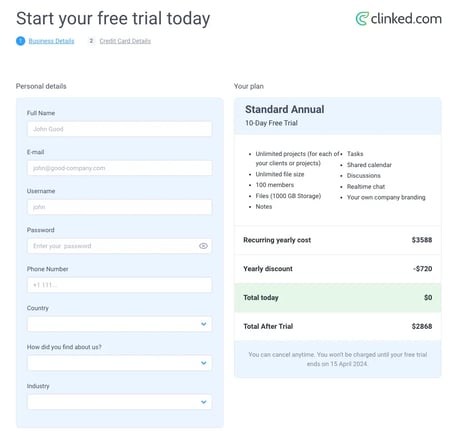
- Tailor Your Portal’s Look: Customize your patient portal to align with your organization's visual identity. This involves uploading your logo, selecting an appropriate header image, and choosing color schemes that resonate with your brand’s aesthetics.
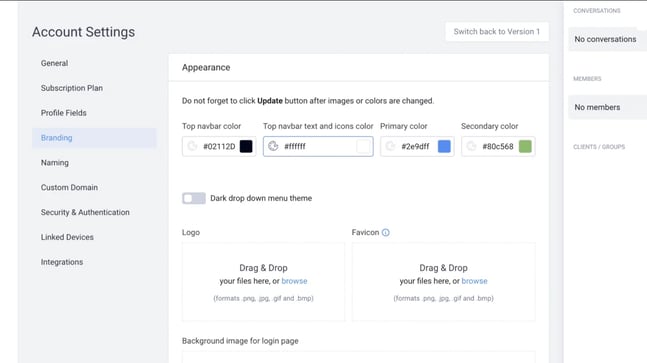
- Establish Patient-Specific Groups: After personalizing your portal’s appearance to mirror your branding, proceed to set up specific groups. These should be customized to address the distinct requirements of your patient groups or individual patients, enhancing the user experience.
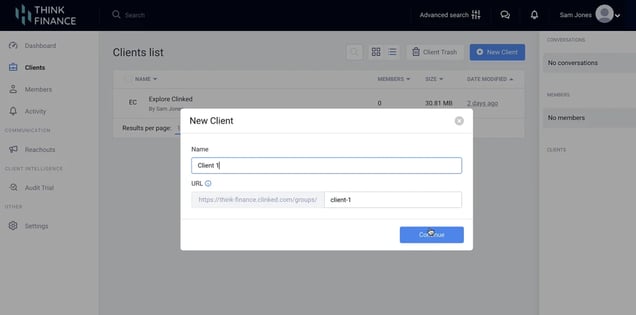
- Incorporate Your Patients and Team Members: Add your patients and healthcare team to the portal, making the most of Clinked’s functionalities to assign appropriate access levels to various groups, documents, and features according to their roles and needs.

With these steps completed, you’ll find that managing patient interactions becomes more streamlined and effective. This approach not only facilitates smoother collaboration and communication but also significantly improves operational workflows within your healthcare setting. Your digital transformation journey concludes with a patient portal that’s primed to enhance engagement and service quality.
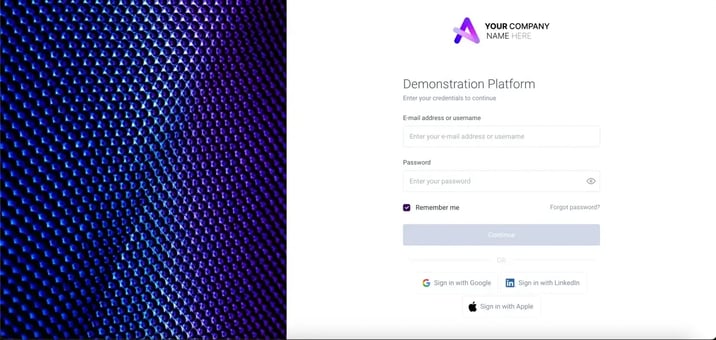
4. Integrate Essential Healthcare Apps
Clinked’s ability to integrate with a wide array of apps — from Google Workspace to DocuSign, and even healthcare-specific tools like electronic health record (EHR) systems — enhances your patient portal’s functionality. These integrations facilitate a seamless workflow, allowing for efficient data synchronization and streamlined patient care processes.
If you're looking to integrate a specific EHR system with your portal, we're here to assist you. You can get in contact with us 24/7 for support.
5. Link Your Portal with Your Main Website
The final step involves integrating your patient portal with your existing website, providing a seamless transition for patients navigating between the two. Setting up a custom domain for your portal, such as portal.yourhealthcarepractice.com, further solidifies your brand's online presence and ensures a professional, unified experience for your patients.

By following these steps with Clinked, healthcare providers can develop a patient portal that not only meets the modern patient’s expectations for digital accessibility but also enhances the overall patient care experience. This streamlined, secure platform enables patients to engage with their healthcare on their terms, marking a significant step forward in the digital transformation of healthcare services.
Custom Patient Portal Development for Advanced Needs
For those seeking integration with Electronic Health Records (EHR) systems or custom features, Clinked’s development team can create a tailored solution. This approach ensures that the patient portal meets specific requirements and seamlessly integrates with existing systems.
Conclusion
A patient portal goes beyond digital functionality. It acts as a strategic asset, streamlining operations for providers and significantly enhancing the healthcare experience for patients. Whether built on an accessible platform like Clinked or through custom development, the goal remains the same: to deliver a secure, user-friendly portal that positions healthcare providers as leaders in digital healthcare.
Are you ready to take the next step in transforming your healthcare service with a patient portal?


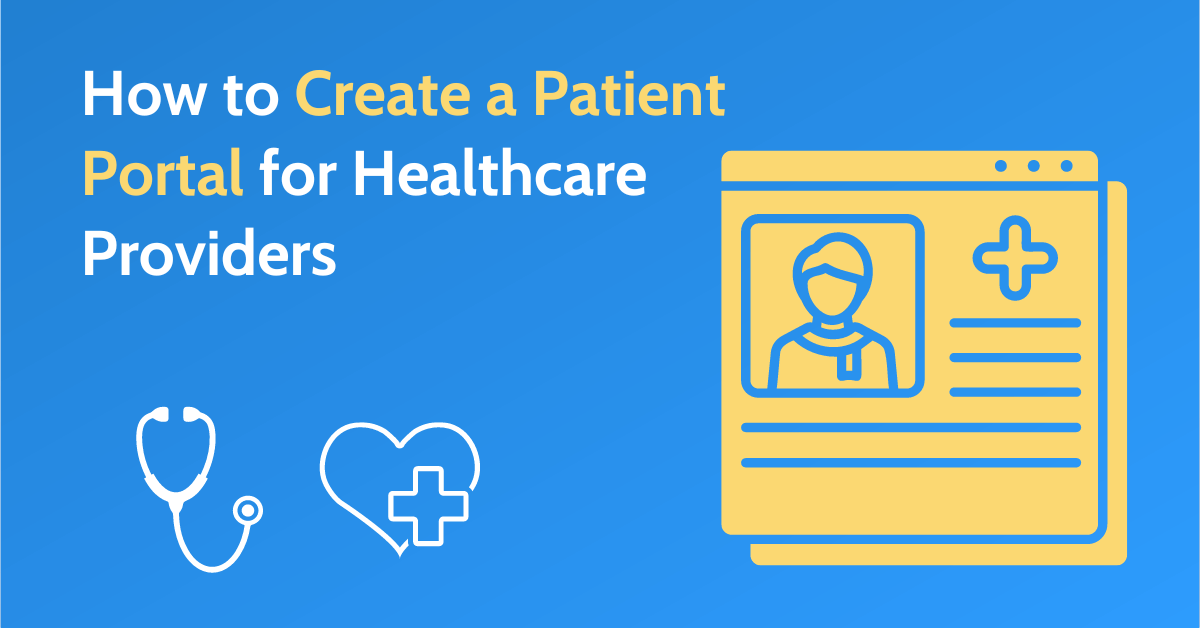


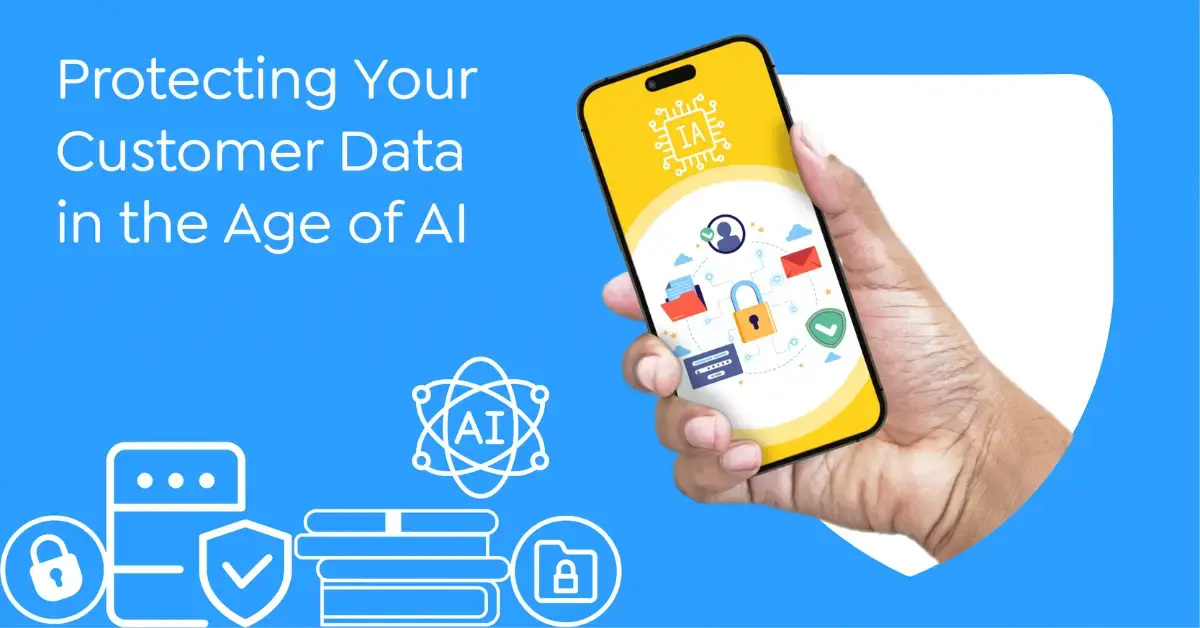

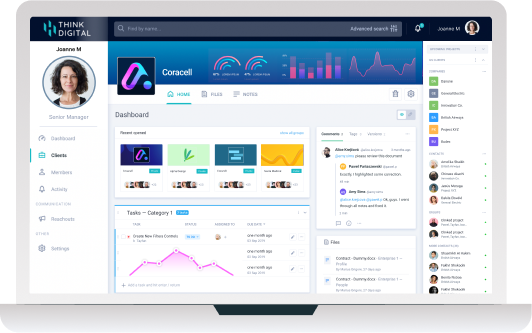

Let Us Know What You Thought about this Post.
Put your Comment Below.